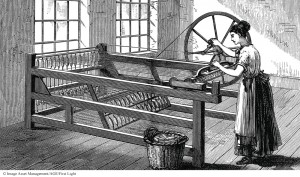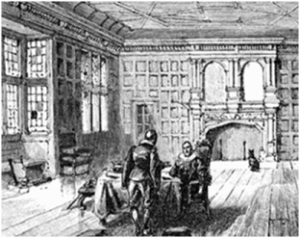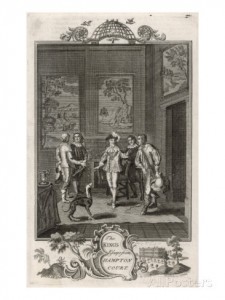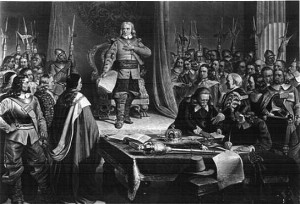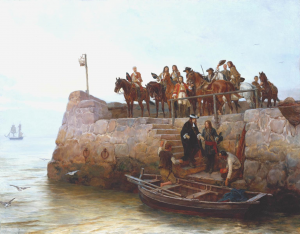Champlain and Quebec:
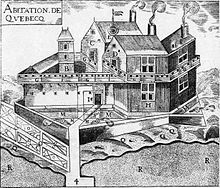
Champlain’s habitation
http://www.lcmm.org/shipwrecks_history/history/history_contact.htm

Meeting between Champlain and Étienne Brûlé, a coureur de bois, in Huronia
http://blogdev.learnquebec.ca/societies/societies/new-france-around-1645/coureurs-de-bois/
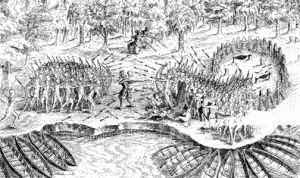
1609 raid against the haudenosaunee/Iroquois
http://www.lcmm.org/shipwrecks_history/history/history_contact.htm

Champlain trading furs with the first nations
http://www.uppercanadahistory.ca/finna/finna2.html
Jesuits and Huron:
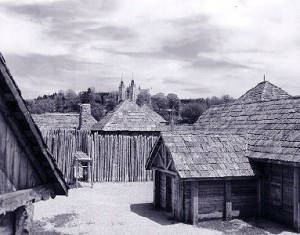
Sainte-Marie Among the Huron’s
http://www.thecanadianencyclopedia.ca/en/article/jesuits/
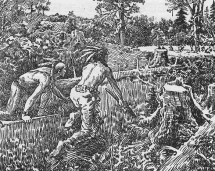
Iroquois warriors lurking near French settlements during the 1650’s
http://www.cmhg.gc.ca/cmh/page-39-eng.asp
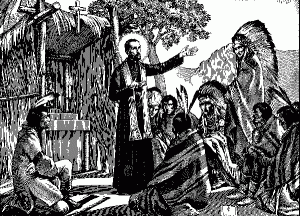
Jesuit preaching to Huron
http://www.oocities.org/marylikecrusader/Martyrologies/HuronMission.html
Royal government:

Arrival of the filles du roi who Talon brought to New France
https://en.wikipedia.org/wiki/New_France
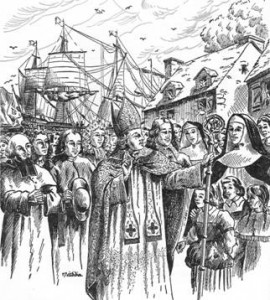
Bishop de Laval landing in Quebec in 1659
http://fsspx.com/EucharisticCrusade/2008_November/The_Canadian_Saints.htm
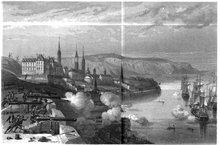
Defense of Quebec by Frontenac
https://en.wikipedia.org/wiki/Louis_de_Buade_de_Frontenac
Coureurs de bois:
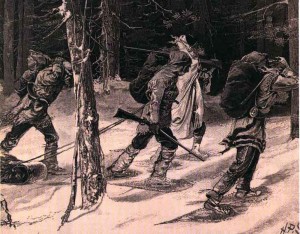
Coureurs de bois in Manitoba
http://blogdev.learnquebec.ca/societies/societies/new-france-around-1645/coureurs-de-bois/
Seigneury:
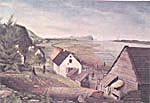
A typical seigneury
https://www.collectionscanada.gc.ca/settlement/kids/021013-2051.6-e.html

Marie de l’Incarnation teaching Native children at the Ursuline convent
http://blogdev.learnquebec.ca/societies/societies/new-france-around-1645/missionaries/
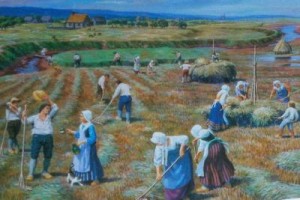
Habitants farming on a Seigneury
http://foodinewfrance.weebly.com/plants.html
French vs English-fur trade and fishing:

Fishing in New France
http://www.historymuseum.ca/cmc/exhibitions/hist/lifelines/licof02e.shtml
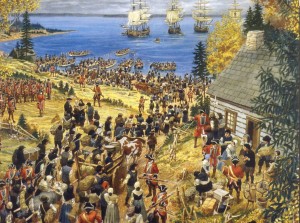
Expulsion of the Acadians
http://www.uppercanadahistory.ca/finna/finna6a.html
Seven years war:
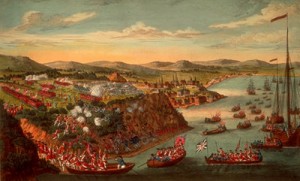
Wolfe’s army climbing during the Battle of the Plains of Abraham
https://en.wikipedia.org/wiki/Battle_of_the_Plains_of_Abraham
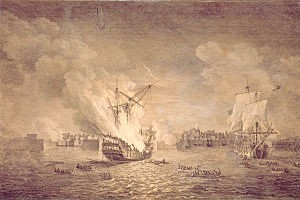
Siege of Louisbourg
https://en.wikipedia.org/wiki/Siege_of_Louisbourg_(1758)

Treaty of Paris
https://huttohistory.wikispaces.com/Treaty+of+Paris+1763


